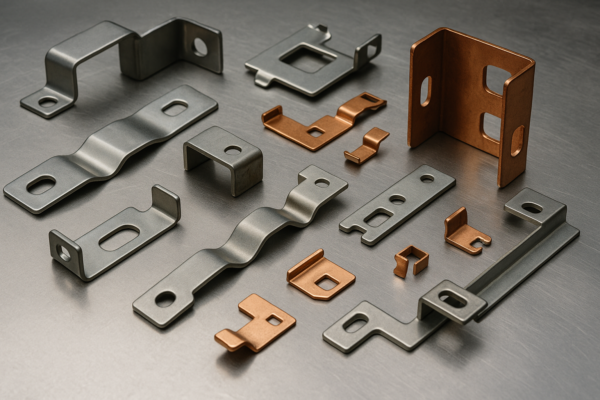Why do welders bend their rods?
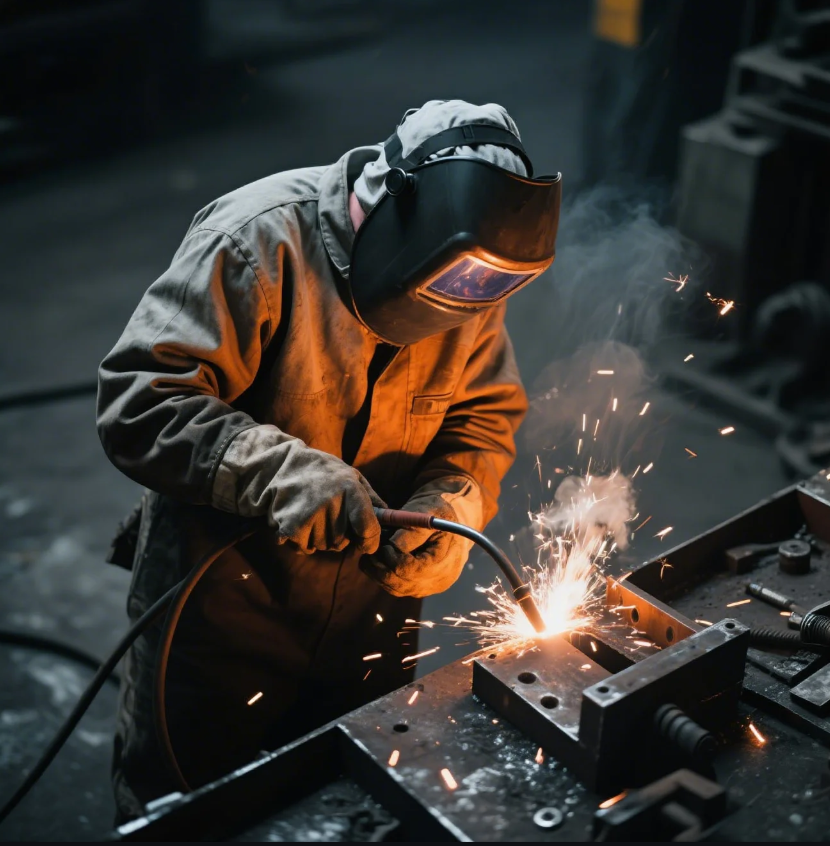
Welding in tight spots takes more than skill—it takes creative rod control.
Welders bend their rods to reach awkward positions, improve torch angles, or avoid arc blow—especially in pipe welding and hard-to-access joints.
Here’s why it’s a smart technique, and how it improves precision and safety.
Why do pipeline welders only burn half a rod?
It’s about control, not waste.
Pipeline welders often use only half a rod to improve maneuverability inside pipe joints, reduce arc instability, and prevent fatigue in tight spaces.
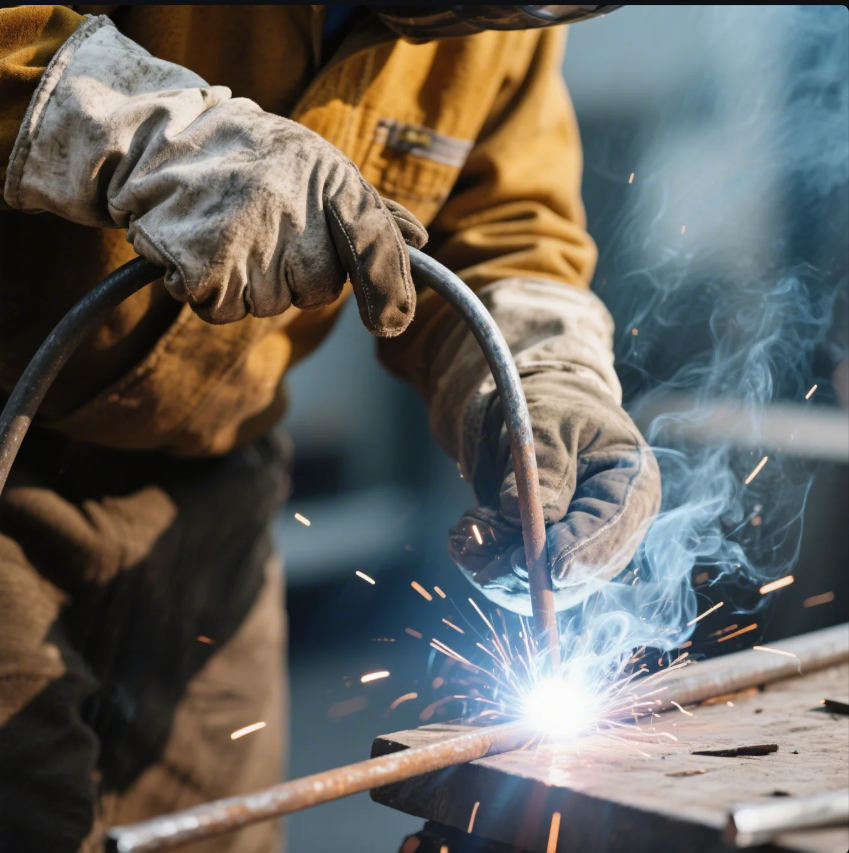
I once observed a crew welding high-pressure gas lines in Texas. They snapped their 7010 rods in half before each pass—allowing for tighter wrist angles and less arc blow during open-root passes.
Key reasons for burning only half a rod
| Reason | Benefit |
|---|---|
| Tight joint access | Easier movement inside pipe bevels |
| Arc control | Less rod mass = less arc wandering |
| Less heat transfer | Reduces overheating in confined joints |
| Ergonomic handling | Less wrist strain in awkward positions |
At Prime, we advise this method for clients fabricating ISO-certified pipeline parts that require 6G position welding or similar complexity.
How to weld steel without bending?
Welding distortion is preventable—with the right method.
To weld steel without causing bending or warping, use balanced heat, alternate weld passes, and allow controlled cooling.

A client in Europe experienced frame twist after long continuous welds. We changed their welding sequence to skip and stitch patterns—they now deliver dimensionally perfect parts with no stress correction needed.
Anti-distortion strategies
| Technique | How It Helps |
|---|---|
| Stitch/skip welding | Distributes heat evenly |
| Backstep sequence | Reduces directional stress |
| Clamping + fixturing | Holds shape during heat cycle |
| Controlled cooling | Minimizes contraction and bending |
Prime includes weld sequencing guides with all custom structural fabrication projects, helping clients reduce post-weld corrections and waste.
Should a welding rod touch metal?
It’s all about arc distance—not contact.
No, welding rods should not touch the metal during welding. The arc must maintain a small gap to prevent sticking and ensure stable fusion.
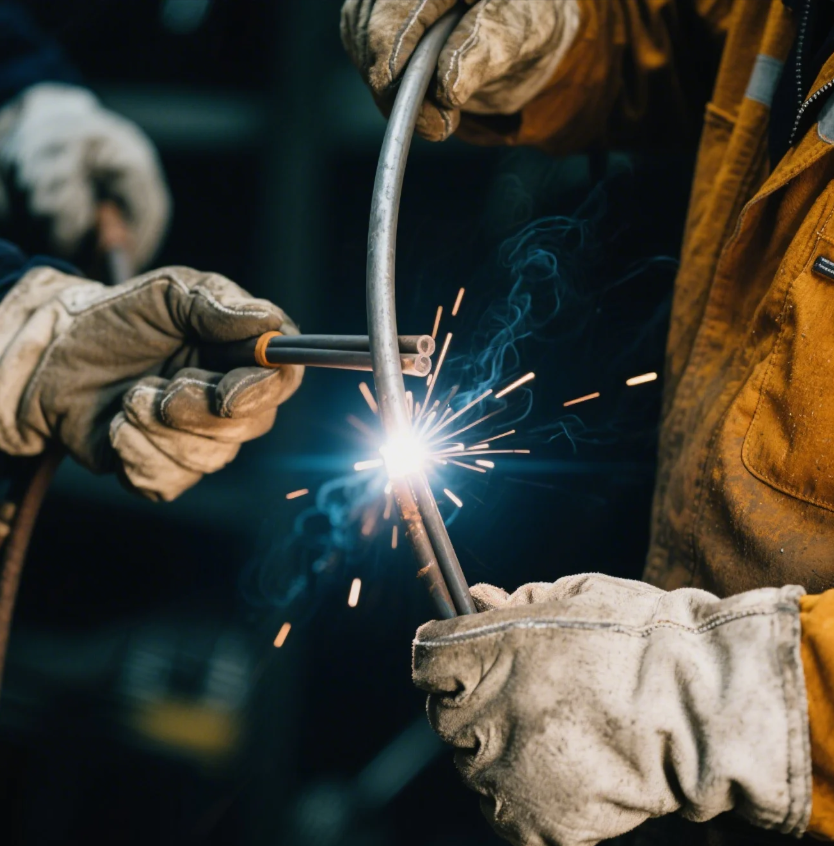
We often advise new welders to treat the arc like a flame—not a brush. One U.S. client noticed constant sticking when training new staff—we adjusted their arc gap to match rod size, and defect rates dropped overnight.
Proper arc length guide
| Rod Size | Ideal Arc Gap |
|---|---|
| 3/32" | ~3/32" (2.4 mm) |
| 1/8" | ~1/8" (3.2 mm) |
| 5/32" | ~5/32" (4.0 mm) |
Too close = sticking and slag inclusion
Too far = arc instability, spatter, undercut
Prime offers hands-on training with every custom welding consumables order, including visual guides for correct arc length by rod type.
Why welders don’t wear rings?
Metal jewelry turns risk into injury fast.
Welders avoid wearing rings to prevent electrical burns, snag hazards, and conductivity-related accidents near live equipment.
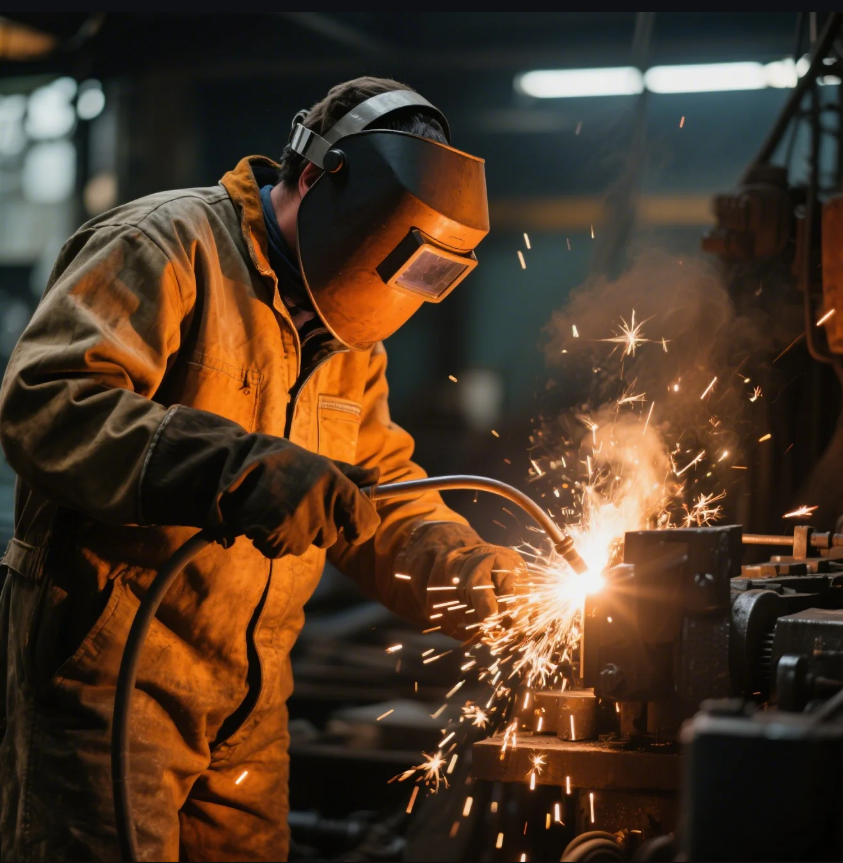
One client in the Middle East had a welder suffer a ring-related arc flash when leaning over a grounded part. They immediately updated their PPE policy—no rings, no exceptions.
Why rings are a safety risk in welding
| Hazard | Description |
|---|---|
| Electrical conduction | Jewelry can carry welding current |
| Heat transfer | Rings heat up rapidly near an arc |
| Snagging | Catches on corners, gear, or wire |
| Arc flash exposure | Increases surface burn area |
At Prime, we include safety guidelines in every welding process documentation pack, reminding operators to remove all jewelry before every weld.
Conclusion
Bending rods helps welders access tight joints and improve control—especially in pipe welding and tricky positions.
Need expert guidance for your welding team or custom-fit consumables for precision work? Contact Prime through our website today. We offer free consultations, ISO-certified welding products, and global delivery backed by 20+ years of experience in industrial fabrication.


